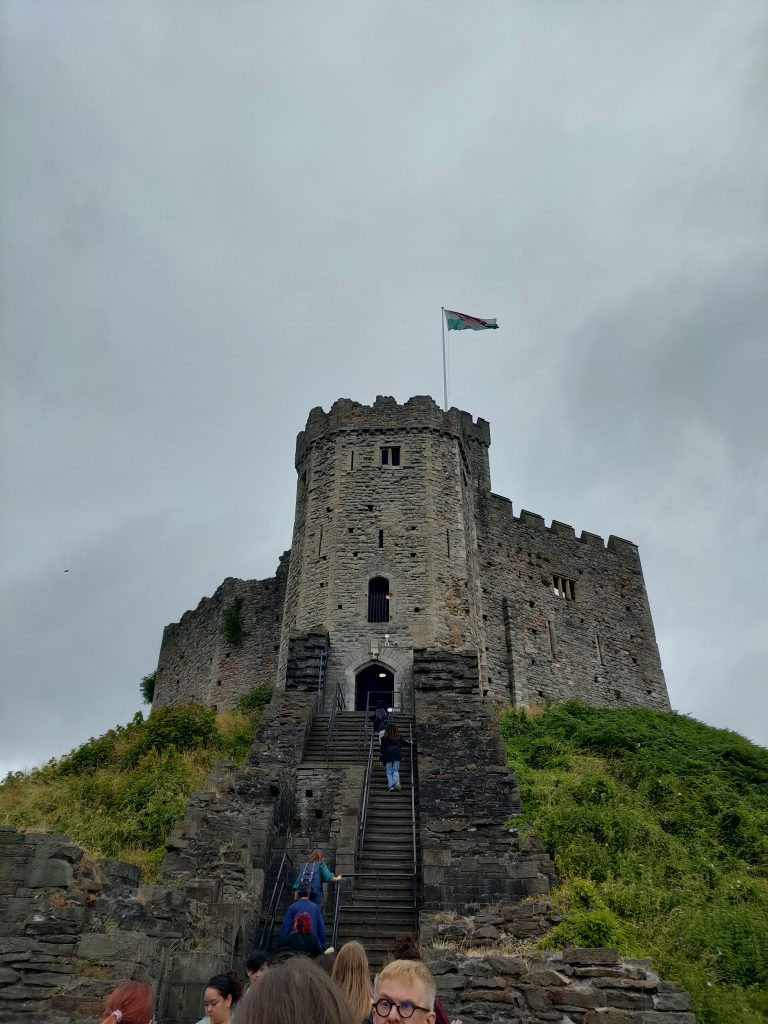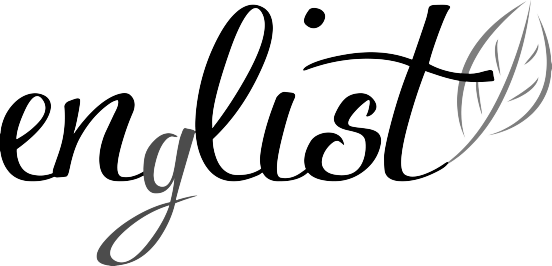
A Glimpse into the History and Culture in the Heart of Wales
In the vibrant city of Cardiff, where the past meets the present, a remarkable adventure recently unfolded—a journey that transcended time and place. Armed with parchment and a quill, figuratively speaking, we embarked on a trip to the Welsh capital for an intellectual expedition. Our destination: the History of English Summer School, where history and culture converged to create a unique learning experience.
A journey begins:
It all commenced with a four-hour coach drive from London. As we arrived at our destination, we were welcomed by typical English weather, our faithful companion throughout the four days. The glimpse of the old city centre on our way to the hotel already stirred my excitement to discover a piece of the enchanting land of leeks, daffodils, and dragon-fuelled passion. As night fell, the laughter of the Welsh people just having a pint and listening to live music filled the crowded central streets.
Three days to immerse:
Since the Summer School lasted 3 days, we strived to make them count, see as many sights and hear as many lectures as possible. One of our first events, a tour of the special collections at Cardiff University, was led by Lisa Tallis, who provided insights into the university’s rich historical resources. We had the opportunity to explore rare manuscripts and unique artefacts, displaying the university’s commitment to preserving its cultural heritage. Later, Dr David Callander’s presentation delved into the fascinating topic of Anglo-Welsh contact, exploring the historical dynamics, linguistic influences, and cultural exchanges between the English and Welsh-speaking communities. It was a thought-provoking session that deepened our understanding of the complexities of this relationship. We enjoyed two more lectures that day, regarding Norse, French and substantially less known Italian contact with English, held by lecturers Dr Sara Pons Sanz from Cardiff University and Dr Heather Pagan & Dr Megan Tiddeman from the University of Westminster. To round up the day with some sightseeing, we found our way to Cardiff Castle, a magnificent sight straight out of a fairytale.
Day Two began with a tour of the Llandaff Cathedral, after which our own Dr Monika Kavalir led an engaging session on corpora in historical linguistics. We dove into the world of language corpora, completely unknown to me, exploring its relevance in the study of historical linguistics. The day’s intellectual journey continued with Dr Jacob Thaisen’s (University of Oslo) exploration of standardization in linguistics. The professor explained the complexities of linguistic norms and the difficulties of standardizing languages and dialects. We rounded up the Summer School by taking a full-day trip to a small city nearby, Caerleon, where we explored the ruins of the Roman Fortress, including the remarkably well preserved baths, the grand amphitheatre, and the immersive museum. After an evening free for individual activities, we had a long bus drive back to London ahead of us the next morning.
The impact:
Even though I spent pretty much the whole of my birthday on the road and in the air, I returned home mesmerised by the Welsh culture and landscape and eager to dive into the fascinating world of historical English some more. Undoubtedly, the Welsh language, deeply intertwined with Wales’s cultural identity, left an indelible mark on my experience. As the Welsh proverb reminds us, “A nation without a language is a nation without a heart”, and the Welsh surely prove that their hearts beat strongly with the rhythms of their language, culture, and history.
Nika Horvat Gomzi
